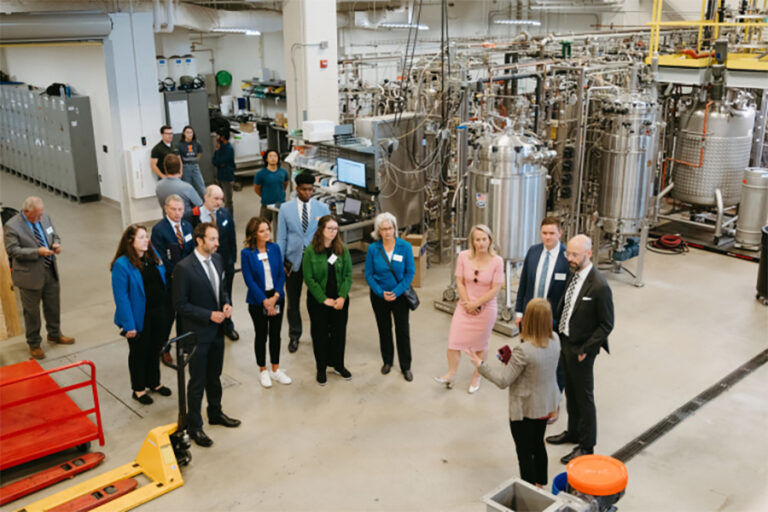As developments in automation, artificial intelligence and Cloud computing begin to transform the world of work, one of the main challenges that delegates at Davos are facing is how to manage the impact of new technologies on their employees and citizens in a way that preserves their wellbeing while enhancing their productivity.
“We are on the cusp of the fourth industrial revolution, driven by different types of devices and data and by different methods for delivering information,” says Christian Reilly, VP global product and technology strategy, Citrix .
“The revolution may be powered by the Cloud, AI and the Internet of Things, but at the end of the day it will not eliminate people. So there needs to be a top-down approach, with organizations using these new technologies to empower their people and to support their aspirations,” he adds.

Strategy, Citrix
In the workplace, there can be dramatic opportunities for companies adopting a culture that embraces the possibilities of technological change. At Baloise, a Swiss insurance business founded in 1853, the introduction of Citrix services that enable employees to use their own devices securely at work and at home has helped change the company culture almost beyond recognition.
No longer desk-bound, Baloise employees are freer to work with their colleagues across the organization as well as with outside partners. “There has been a real change in the way we work,” says Olaf Romer, the company’s CIO. “We have more of a start-up culture now, with an elimination of the hierarchy, which makes us a more attractive employer to talented young people.”
“Our goal is to drive the highest level of individual productivity and happiness.”
Christian Reilly, VP Global Product and Technology Strategy, Citrix.
“Organizations from all sectors are using digital technologies to re-imagine the physical workspace,” Reilly says. “They are creating physical and virtual environments that allow their workers, and in particular their millennial workers, to be more effective wherever they want to be.”

It is not only large multinationals and public sector organizations that are reaping the productivity rewards of the digital workspace. Small and medium-sized enterprises are increasingly turning to the remote working abilities enabled by Cloud computing, which releases them from the requirement to invest in their own on-premises IT infrastructure. “Our customers can use any device to connect to any application from any network securely,” Reilly says. “We can provide them with a completely secure digital workspace.”
“You have to find a middle way between usability and security.”
Olaf Romer, CIO, Baloise
Meanwhile, the benefits of flexible working extend well beyond the standard metrics of cost savings and returns on investment. By minimizing requirements for physical office space and energy and for corporate travel, remote working technologies can also reduce an organization’s environmental footprint.
At the same time, they play an important role in increasing social inclusion, making it easier for mothers and carers to join the labor market or remain in their positions.
“Customers are using these technologies to employ a more diverse workforce and to help improve the work-life balance of their employees,” Reilly says. “We can help them build a simple framework that will not only improve people’s productivity but increase their happiness and improve their satisfaction with their lives”![]()
As published in TIME magazine









